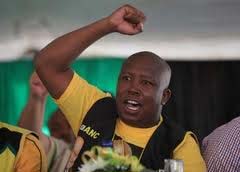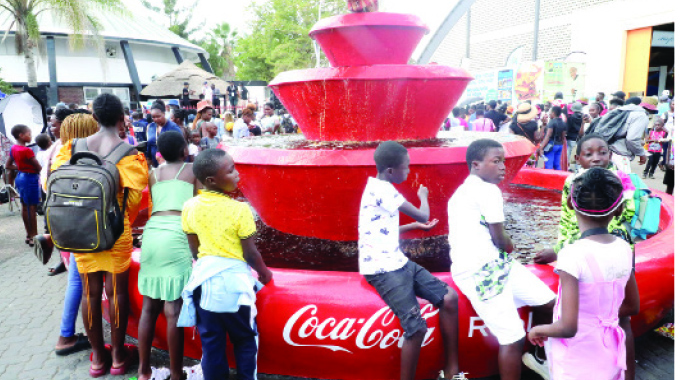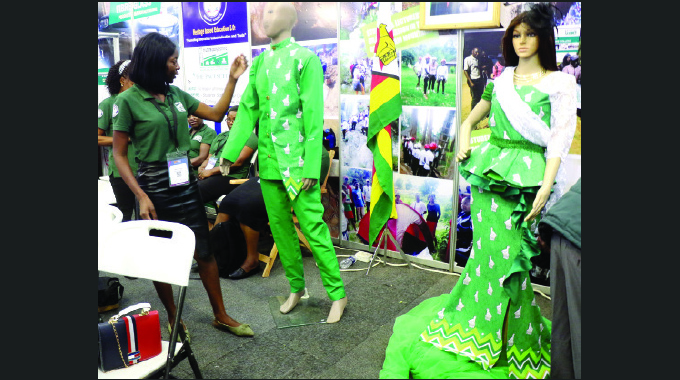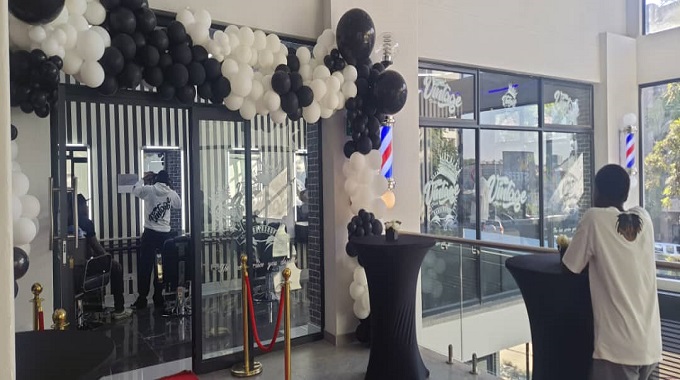Fine line between art, suicide and madness
one, albeit a sensitive and disturbing issue.
What is even more worrying is the fact that in contemporary times, despite the appreciation of and patronage of the arts, suicide deaths in both, visual and performing arts are still prevalent.
This is more so in developing countries where mental health support systems and the promotion of innovative self-management programmes are not available for novice self-taught artists or newly formally graduated art students. The creative process is one of man’s mysteries.
Although we may attempt to know and understand, we are unlikely to unravel all of it. Many questions still remain unanswered – such as why artists are delicate, sensitive beings? And why do many gifted people put themselves at risk for serious emotional disturbances, if left unguided?
Recent studies in psychiatry and clinical psychology (according to K.R. Janison, author of “Touched with Fire” manic depressive illness and artistic temperament (1993) and “A Unique Mind” 1995), now address the alleged association between creativity and madness.
The belief that madness is linked with creative thinking has been held in many cultures since ancient times.
Though not entirely true, it is still a widely a popular notion.
“Deviant behaviour whether in the form of eccentricity, self-destructive tendencies or worse, is not only associated with persons of genius or high level of creativity, but it is frequently expected of them,” says Dr Rothenberg of John Hopkins University (Mental Health Professional).
In the preceding century, clinical literature, particularly psychoanalytical writing is full of theories on the relationship between creativity, madness and emotional illness.
According to the latest psychoanalytic research, disturbance of food occurs in high percentage of talented artists.
“There seems to be an increased rate of depression, hypomania, manic depressive illnesses and suicide attempts in many eminent creative people – writers, artists, actors and musicians especially.”
Self-destructive behaviour, anxiety depression, substance abuse can be managed in creative peoples if art lectures, mentors, promote emotional health and prevent more serious problems occurring among creatively gifted youth.
But alas! in Zimbabwe, do we have the necessary human resources qualified in this field?
Prof Albert Rothenberg, a clinical psychologist at Harvard, who was the creative process for the past 25 years, focusing on the relationship between creativity and psychosis, has concluded that the process used by creative people during the act of creation applies to the whole spectrum of art disciplines. These include writers, poets to actors, film stars, musicians and visual artists.
Evidently, there appears to be psychological risks associated with creative giftedness and with the pursuit of exceptional creative achievements.
Art and academic teachers and counsellors should be aware of the vulnerability that can be associated with creative talent that – disturbances of mood occurs in a high percentage of talented artists.
The history of visual arts is replete with numerous examples of artists and writers who suffered from probable mood disorders and mental instability, which often lead to their untimely death. A random list of genius throughout the ages include: Michelangelo Buonarroti, Vincent van Gogh, Paul Gauguin , Edward Munch, Mark Rothko, Charles Dickens, Hans Christian Anderson, Ernest Hemingway, Ezra Pond, Georgia O’Keefe, F. Scott Fitzgerald, Edgar Allen Poe, and many more who are alleged to have suffered from probable mood disorders.
Zimbabwe is no exception: writer Dambudzo Marechera, painter Charles Carlos Fernando, sculptor Brighton Sango, painter Last Mutepfuka and visiting Dutch artist Hans Basenblum, who took his life in Guruve. However, they excelled phenomenally in their respective fields.
One must note that there is huge emotional vulnerability that accompanies creative thought and artistic genius. It is therefore important for artists to have an emotional and intellectual support base and interact with colleagues, sympathisers and advisory mentors who will understand and are tolerant of ones talent and emotional vulnerability.
Artists must overcome isolation and introspection through social interaction, communication and brainstorming with kindred spirits.
According to early Greek philosophers “creativity invokes a regression to more primal mental processes . . .”
They believed that to be creative requires a willingness to cross and re-cross the lines between rational and irrational thought. Similarly, Plato said, “creativity is a divine madness . . . a gift from the Gods” and finally Aristotle is on record as saying,”No great genius was without a touch of insanity”.
Food for thought!
In conclusion, should your child show an interest and desire to become an artist, encourage them as early as possible, at pre-school to pursue their dreams. You might find they will also do better in other academic subjects.
Why? By taking care of their creative outlet which at times can be overpowering and disturb normal didactic memory based learning process like Maths, Physics and so forth, you would have them free.
l Dr Tony Monda holds a PhD in Art Theory and a Doctorate in Business Administration (DBA) in a Post-Colonial Heritage Studies. He worked as an intern in Psychology of Art and Remedial Art Therapy at the Lafayette School of Art Therapy for the Mentally Handicapped Children in New Orleans, USA. He is an author, art critic, art consultant and a practising visual artist.









Comments